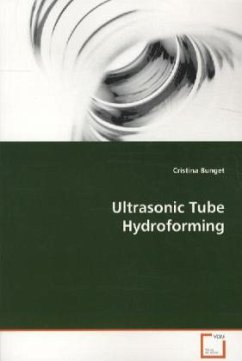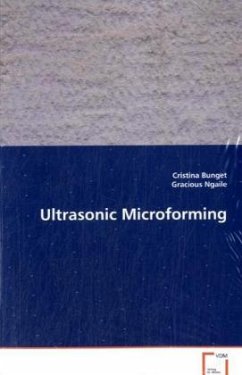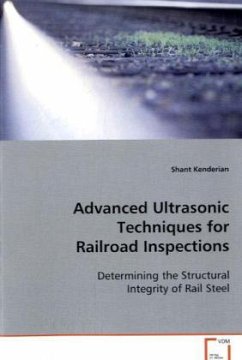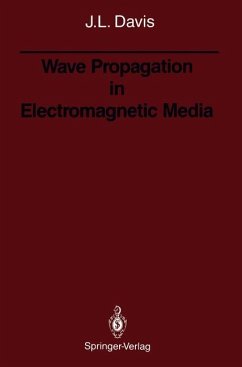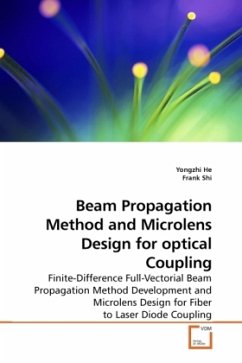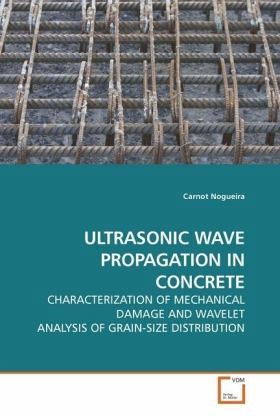
ULTRASONIC WAVE PROPAGATION IN CONCRETE
CHARACTERIZATION OF MECHANICAL DAMAGE AND WAVELET ANALYSIS OF GRAIN-SIZE DISTRIBUTION
Versandkostenfrei!
Versandfertig in 6-10 Tagen
52,99 €
inkl. MwSt.

PAYBACK Punkte
26 °P sammeln!
The demand for reliable nondestructive evaluation (NDE) methods to investigate concrete has drastically increased in recent years. Among the NDE techniques that can be used in concrete, ultrasound has become the most versatile and reliable. An important aspect of ultrasound is the existence of three interrelated parameters that are associated with wave propagation: velocity, amplitude, and attenuation, these parameters can be used for obtaining information about diffuse damage and mix characteristics. This book explores new applications of ultrasonic testing. Pulses were applied to estimate da...
The demand for reliable nondestructive evaluation
(NDE) methods to investigate concrete has
drastically increased in recent years. Among the NDE
techniques that can be used in concrete, ultrasound
has become the most versatile and reliable. An
important aspect of ultrasound is the existence of
three interrelated parameters that are associated
with wave propagation: velocity, amplitude, and
attenuation, these parameters can be used for
obtaining information about diffuse damage and mix
characteristics. This book explores new applications
of ultrasonic testing. Pulses were applied to
estimate damage in concrete due to mechanical
loading and a methodology to estimate aggregate
grain-size distribution was developed. The technique
explores the flexibility of the wavelet transform.
Because of the emphasis on practical applications,
the book is accessible to a wide audience. Civil
Engineers and researches that work with NDE of
concrete will find the book useful and interesting.
Since the wavelet analysis of the pulses can also be
applied to other NDE techniques, such as impact-echo
and acoustic emission, the book should be of
interest to users or researchers of NDE.
(NDE) methods to investigate concrete has
drastically increased in recent years. Among the NDE
techniques that can be used in concrete, ultrasound
has become the most versatile and reliable. An
important aspect of ultrasound is the existence of
three interrelated parameters that are associated
with wave propagation: velocity, amplitude, and
attenuation, these parameters can be used for
obtaining information about diffuse damage and mix
characteristics. This book explores new applications
of ultrasonic testing. Pulses were applied to
estimate damage in concrete due to mechanical
loading and a methodology to estimate aggregate
grain-size distribution was developed. The technique
explores the flexibility of the wavelet transform.
Because of the emphasis on practical applications,
the book is accessible to a wide audience. Civil
Engineers and researches that work with NDE of
concrete will find the book useful and interesting.
Since the wavelet analysis of the pulses can also be
applied to other NDE techniques, such as impact-echo
and acoustic emission, the book should be of
interest to users or researchers of NDE.





